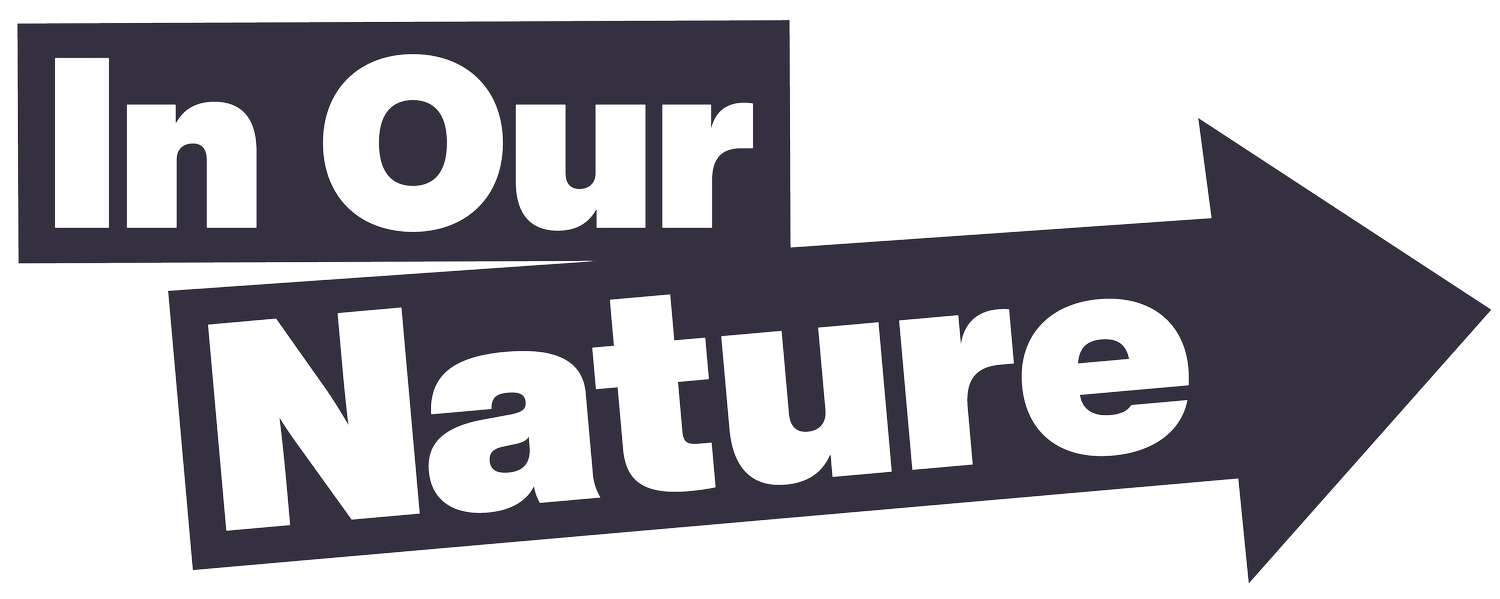Future mapping
The purpose of Future Map is to create a shared view of your community and project in the recent past, present, and future. Use this tool to map key activity from the past year, the current year, and predict three years ahead. You then review the map, identify patterns and discuss what’s coming up that’s relevant for your community. It is useful for supporting discussion and debate around high-level themes: society, technology, politics, sustainability which may affect your project planning and who you include.
Group Size: 2 - 40+
Time frame: 30 - 60mins
Materials: Coloured Pens / Markers, recycled Sticky notes, recycled A4 paper
-
Before the group meeting, arrange to meet in a place with a long empty wall with the area in front of it cleared so you can all gather around the wall. Divide the wall roughly into five equal sections with tape or put up five flipcharts.
At the top of each section (or flipchart) write with a thick marker: the last year, this year, and next year to three years in the future.
You now have a blank timeline to fill-in.
-
Give each participant a marker and post-its. Bring the group to stand in a horseshoe facing the wall. Explain that you are making plans for your project and want to take into account what’s happening in the community that may affect it. You could give people the following instructions:
We will, as a group, co-create a vision of the future through the lens of the past and the present.
On your own write significant “forces” that can impact our community and project (trends, technologies, political movements, local shifts, upcoming events etc) on post-its: one per post-it. Then you’ll walk up to the wall and stick it up, reading your post-its out loud as you go so the rest of the group can hear.
There’s no need to wait your turn. As soon as you have one, write it down and stick it up - it can get loud!
We’re aiming to fill "the wall" in the next 15 minutes.
Don't overthink it too much. The aim is to get lots of different driving forces up on the wall.
Inclusion note:
As this is a fast, often loud exercise, soft spoken or more reserved people may slip into the background, especially when the group is large. Encourage full participation by lifting the softer voices and encouraging those who have not participated.
-
Start with last year, give them 3 minutes to fill the space with sticky notes, then move to this year, and then each future year.
Support to keep the pace up and encourage everyone to participate. If you feel the speed is dragging, ask relevant questions or make suggestions to inspire the group. You can also throw in your own suggestions to spark people's thinking.
-
When time is up and they've had 3 minutes per year and filled the wall, keep everyone in front of the wall. Ask them to look at the sticky notes on the wall and look for patterns and common themes in each year.
-
Run a group reflection and discussion. Some good prompt questions could be:
What patterns do we see looking at this timeline?
What seems most important for myself and us to be aware of and learning more about?
How do I feel about the past, present, and future?
What does this mean for our group? Our project? Our community? For me?
-
Wrap up the session by sharing some of the key themes that you heard throughout the discussion. Ask the group how they would like to capture their thoughts and actions to use in the future.
-
Close by inviting each participant to share one insight or action that they take with them from the workshop. Be sure you note down what people will do so that you can follow up with them.
Created by Amity. Inspired by Hyper Island.
For more tools and support with your volunteering work you can join the In Our Nature Learning Hub. The In Our Nature Learning Hub is an invitation to slow down, spend some time with yourself, and get a fresh perspective so that you can bring your best to your community and our planet. The Learning Hub is completely free for you to access at any point in your community (climate) volunteering journey and is open for everyone.
